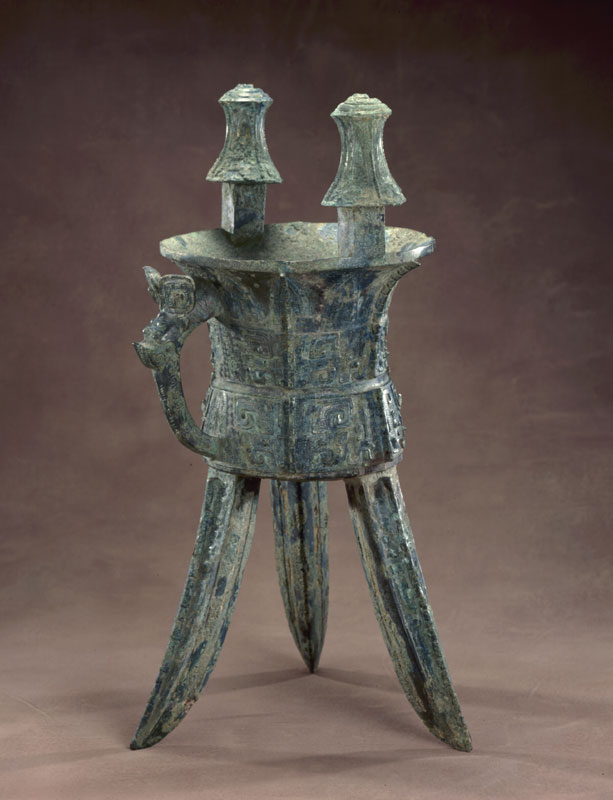For my initial post, I read content on bronze casting. Luckily, throughout the week, most of my classmates concentrated on bone carving. Reading their blog posts incentivized me to consider ideas on a grander, broader scale and naturally compare between the two means of record-keeping. One such question that continually arose was the difference between bronze and bone, in terms of technique, usage, and societal understanding.
What I found interesting was that the passages about bronze casting highlighted the how, the intricacies of creating the final bronze products, such as the division of labor and technical skill, while those about bone carving emphasized the why, the purpose. The engravings in bronze were formed by utilizing negative space of specifically-made contraptions. Both bone and bronze seem to carry importance in the realm of divinity. However, they were used differently. The bronze was often included in rituals and burials, and the bones were used to communicate with predecessors and formulate predictions.
I ended this week with more questions than when it started, but I learned about the Shang Dynasty’s interpretation of afterlife and their investments in animals and metals.
Things I Learned this Week
- The techniques of bronze casting and bone engraving.
- The purpose of each.
- The Shang Dynasty valued records and history, as shown by ancestral communication and record-keeping.
Bibliographic References
Hansen, Valerie. “Chapter 1: The Beginnings of the Written Record”. In The Open Empire: A History of China to 1800, 18-55. Seconded. New York: W.W. Norton & Company, 2015.
Keightley, David. “Chapter 1: The Oracle Bone Inscriptions of the Late Shang Dynasty”. Sources of Chinese Tradition, Vol. 1: From Earliest Times to 1600, edited by W. deBary et al. New York: Columbia Univ. Press, 1999.
Keightley, David N. Sources of Shang History: The Oracle-Bone Inscriptions of Bronze Age China. Berkeley: University of California Press, 1978.
Horowitz, Joshua. “Literacy in Ancient China”. In People and Their Stuff: A History of China in Objects Now Preserved in North America. URL: http://scalar.tdh.bergbuilds.domains/hst137/chapter-1-the-shang-dynasty
Ledderose, Lothar. “Casting Bronze the Complicated Way” Chapter 2 in Ten Thousand Things: Module and Mass Production in Chinese Art. The A.W. Mellon Lectures in the Fine Arts, 1998. Princeton, NJ: Princeton University Press, 2000.
